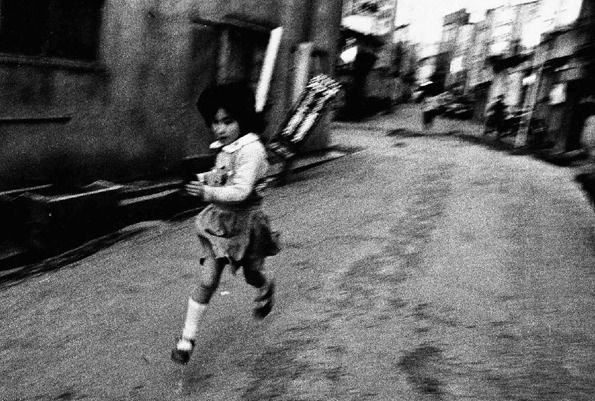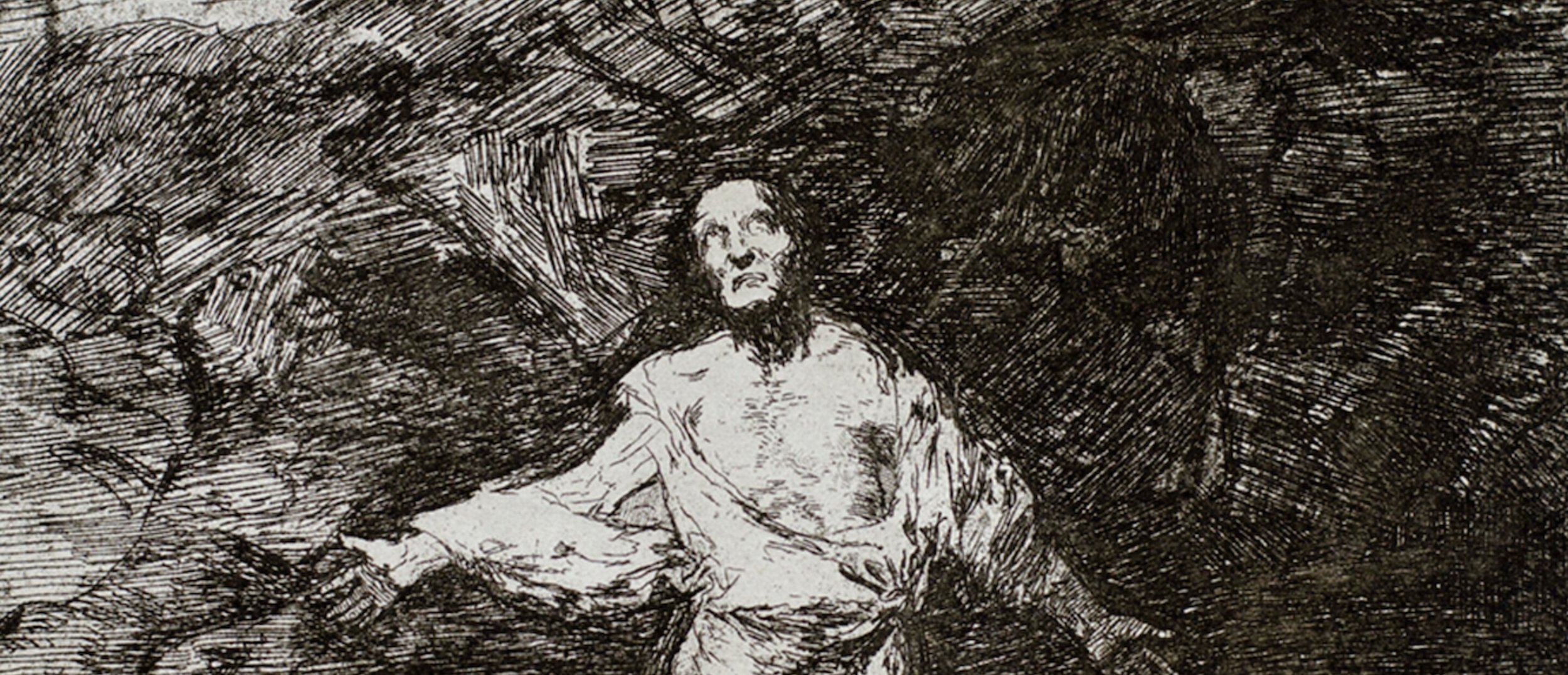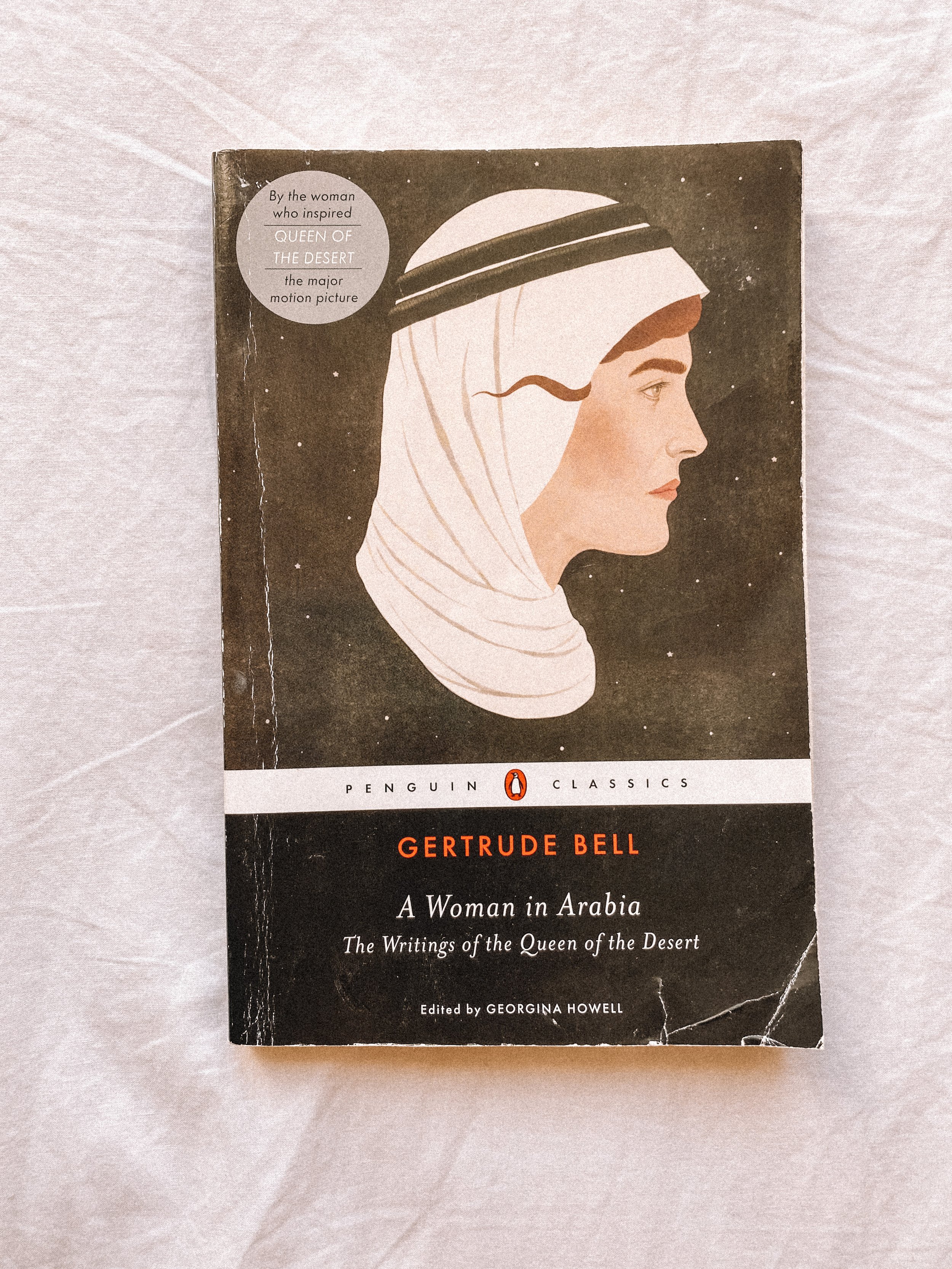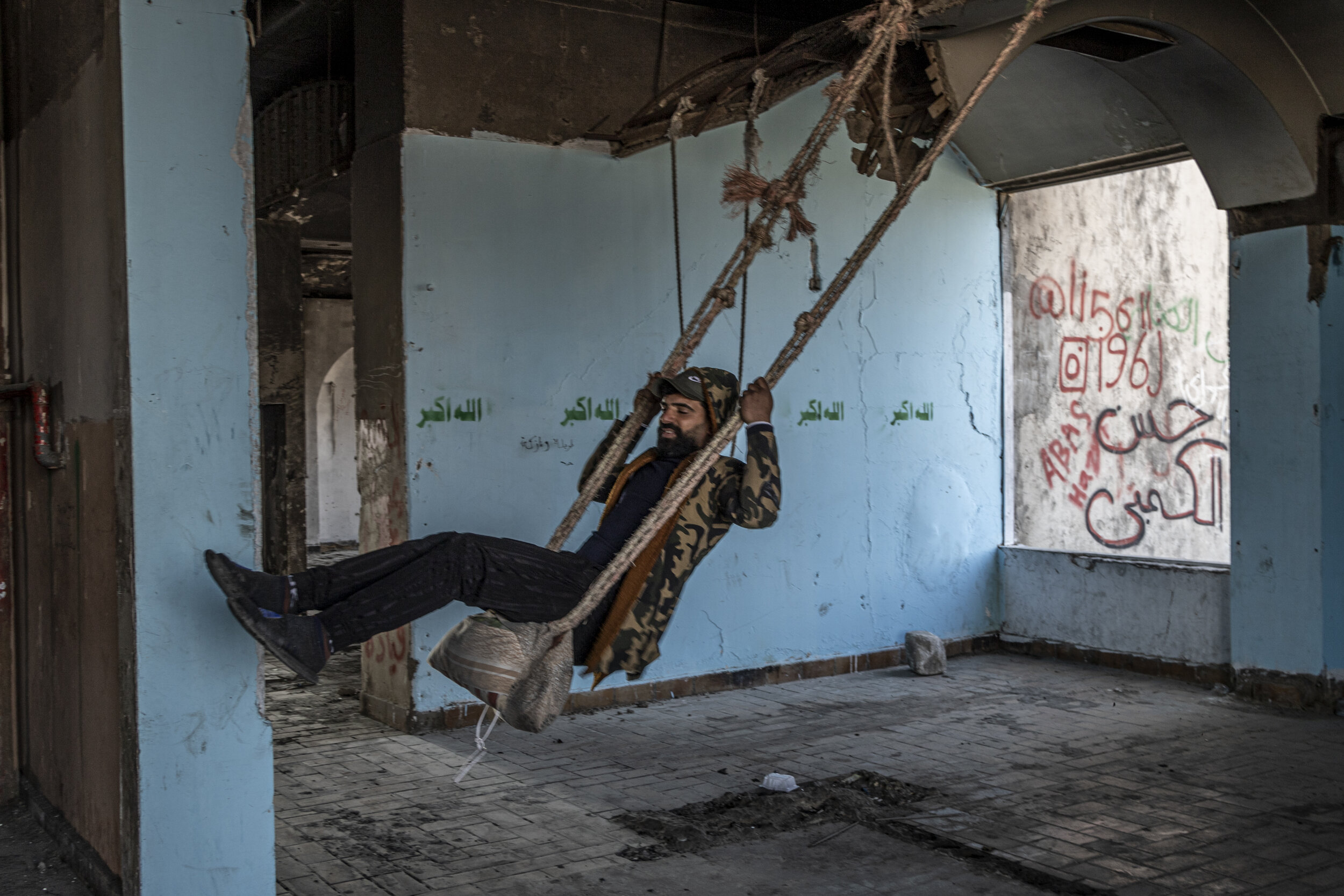Written april 14, 2020
how have I forgotten to look at the stars for this long?
We live in a new world now. This oddly scares me considering the fact I used to loathe the one I was given before. Everyone was too busy, there was too many people, everyone was rushing places. Now look at us. It seems so silly to say, but be careful what you wish for. Now there is no business, people are dying quickly, and the streets are empty. I’ve seen people and friends posting on Facebook about how this is the world’s way of resetting. This was meant to happen because of climate change and the world was over populated and something about how introverts can finally have their chance. It’s so sad to think about the communication I had with my family before this. Or lack thereof. Being in quarantine is really not so different from my normal life, at least now I don’t feel so guilty about doing it. I feel myself less consumed with material things and more enamored with the fact that the neighbor below is having a smoke 10:30 A.M. instead of 9:00, probably because he slept in. The clockwork of the day begins with the sun beaming straight into my apartment, I can tell I overslept by how high it is in the sky. I go to sleep with the windows open because now there is no street noise from the Montmartre drunks at the bar across the street. It is silent, I feel like I can hear the clouds moving. The neighbor right across from me lives alone. She has seen me naked so I don’t blame her for only sticking her arm out twice a day to open and then close the window. I can hear her wash the dishes and at night see the blue flicker of her t.v.
the couple across the street below her just moved in before all of this. They didn’t even have a chance to buy curtains. They are stuck with a red sofa and one chair. He sits on his computer all day and she on her iPad near the window. Occasionally she’ll move to the kitchen and wear her apron. She goes to sleep early and he stays up late on the computer. At 8:00 p.m. we all stick our heads out the window to clap for the medics and doctors on the frontlines. Though most of the time the clapping starts at 7:58, I guess someone’s watch is fast. The claps have become quieter since daylight savings. I think people felt more comfortable to make loud noises in the dark. I love the idea of people shoving their heads through the windows like turtles after a long nap. Two minutes pass and we all go back to the lives we were living.
in my day there will be certain things that will always happen: I will burn myself in the sink because the water was hotter than expected, the cabinet door for the garbage won’t stick and slowly drift open and the last 1/4 of my coffee will remain not drank. There is a lot of pressure when you are forced to stay home. People expect new languages to be learnt, a novel to be written, and to organize that closet you never did, draw, learn a new skill. But that hasn’t and probably won’t happen for me. So far I have read three books and thought about how quickly the time is passing. In some ways, time has slowed down, in other ways it’s slipping through my fingers even more so than before.
I have never been someone who was afraid to go outside, I rarely washed my hands, and embraced the herds of people in all my travels. Now I can’t go outside without anxiety. What has this virus made of the world? In slow times of thought I wonder what will come out of this. What new artists? What new discoveries? Who will create things that people won’t forget? I remember taking my first walk after quarantine was announced. I actually enjoyed Paris for the first time. I saw the Eiffel Tower with no influencers staggering over the other for a selfie, the arc de’triomphe with nothing but the eternal flame waving below. The metro was empty. A few days passed and I went out again, the world seemed sad. I found myself grieving for the world we had, knowing it will never return to how it was before.

















































































